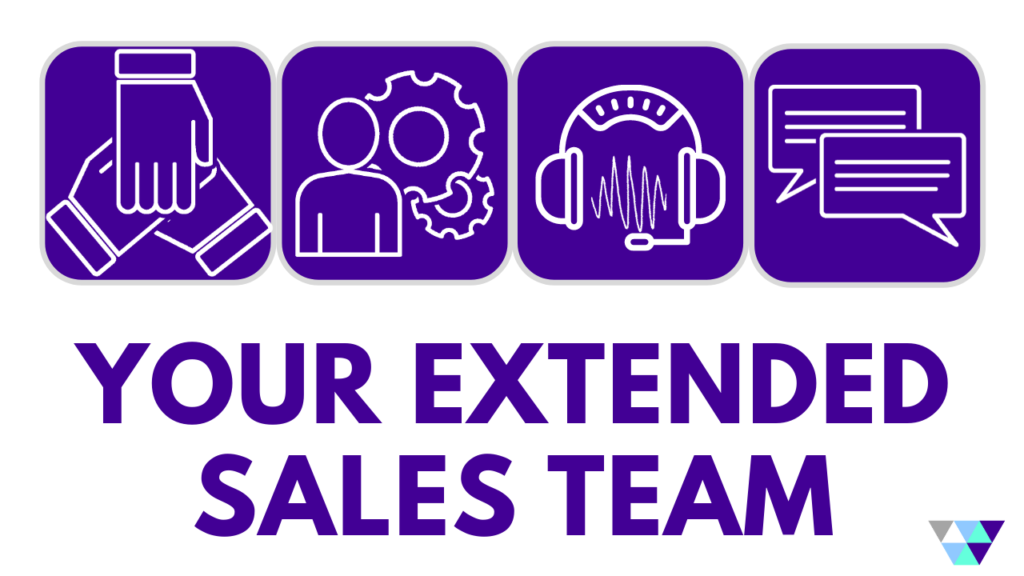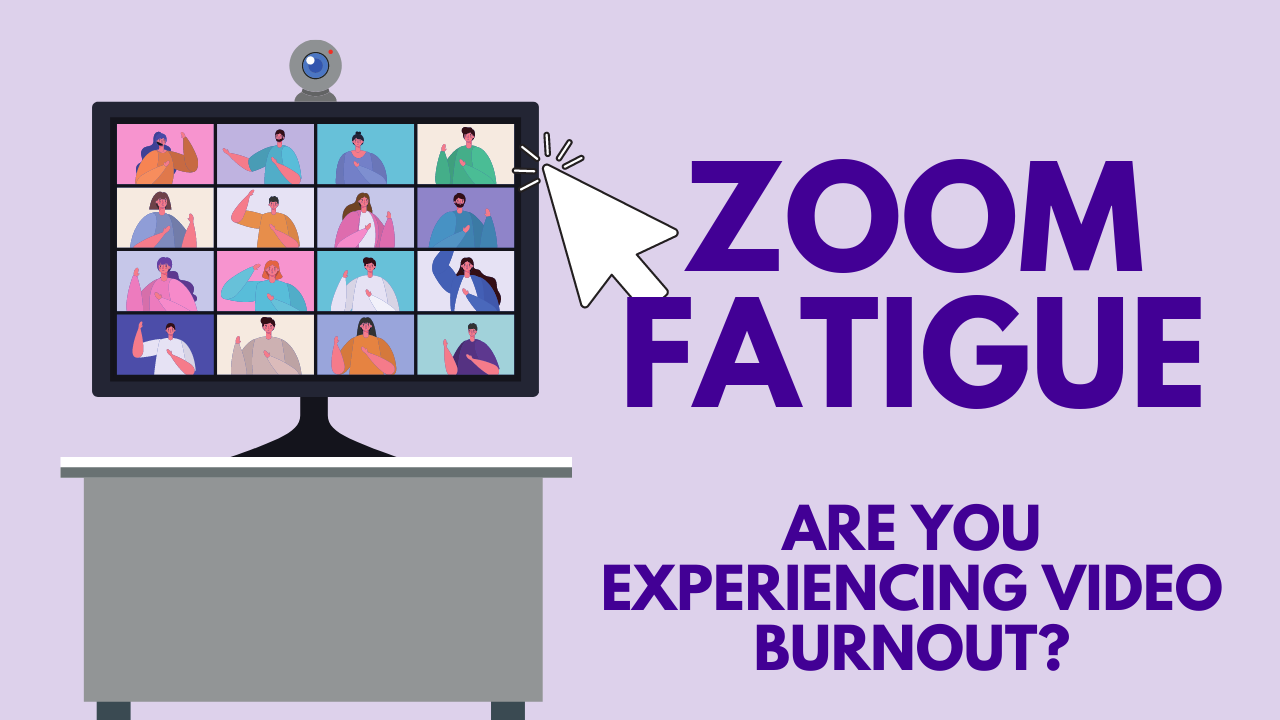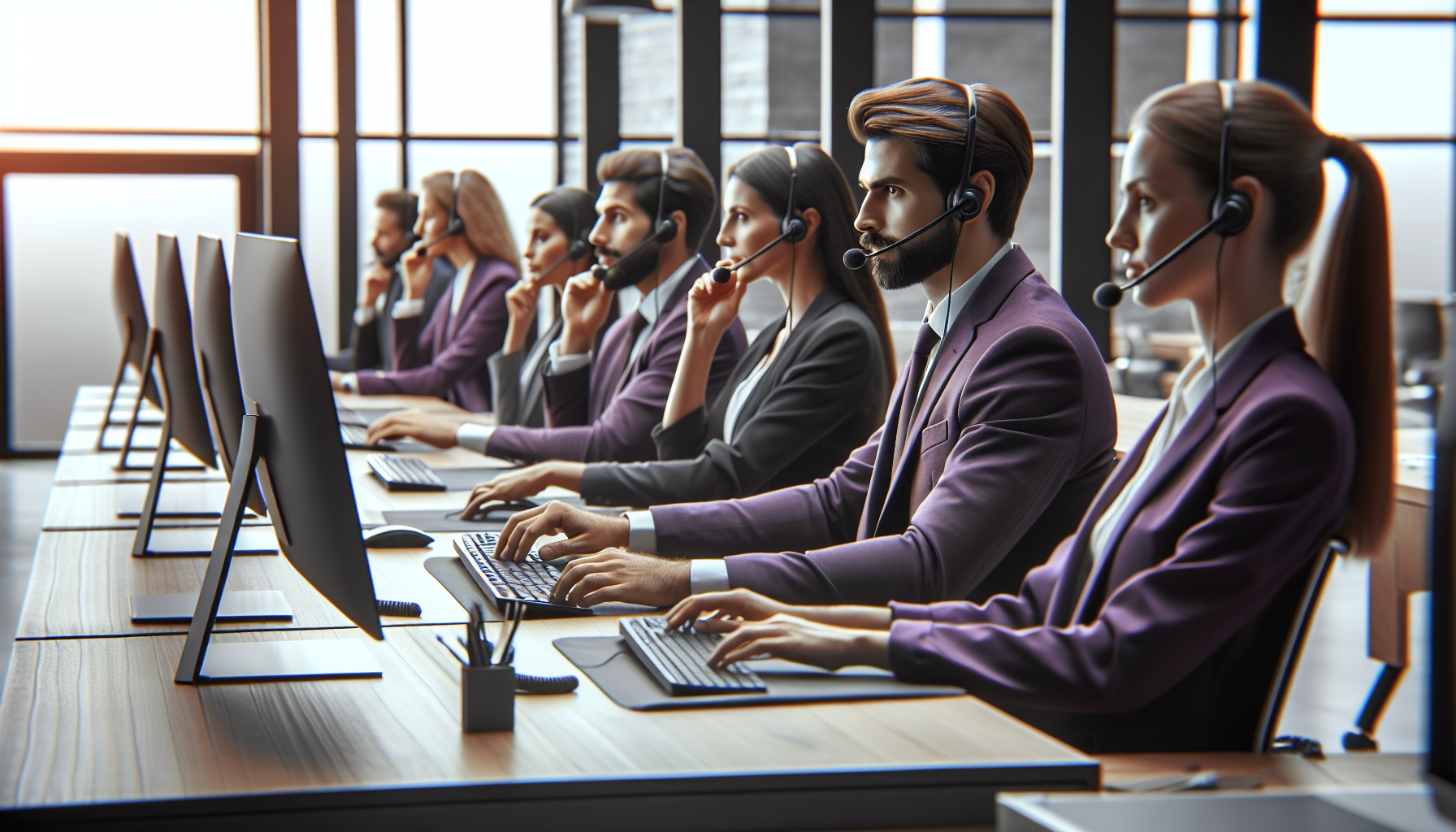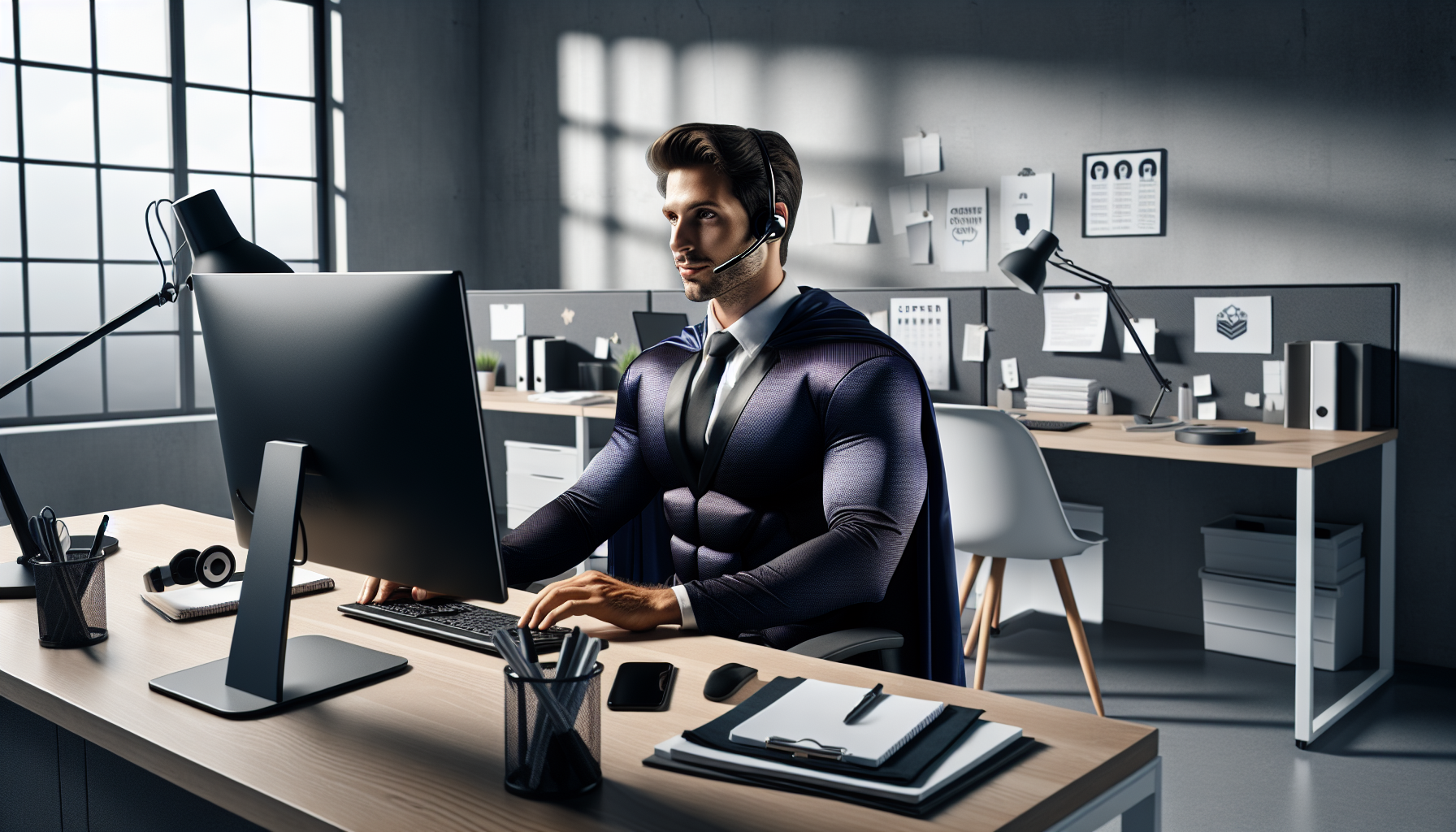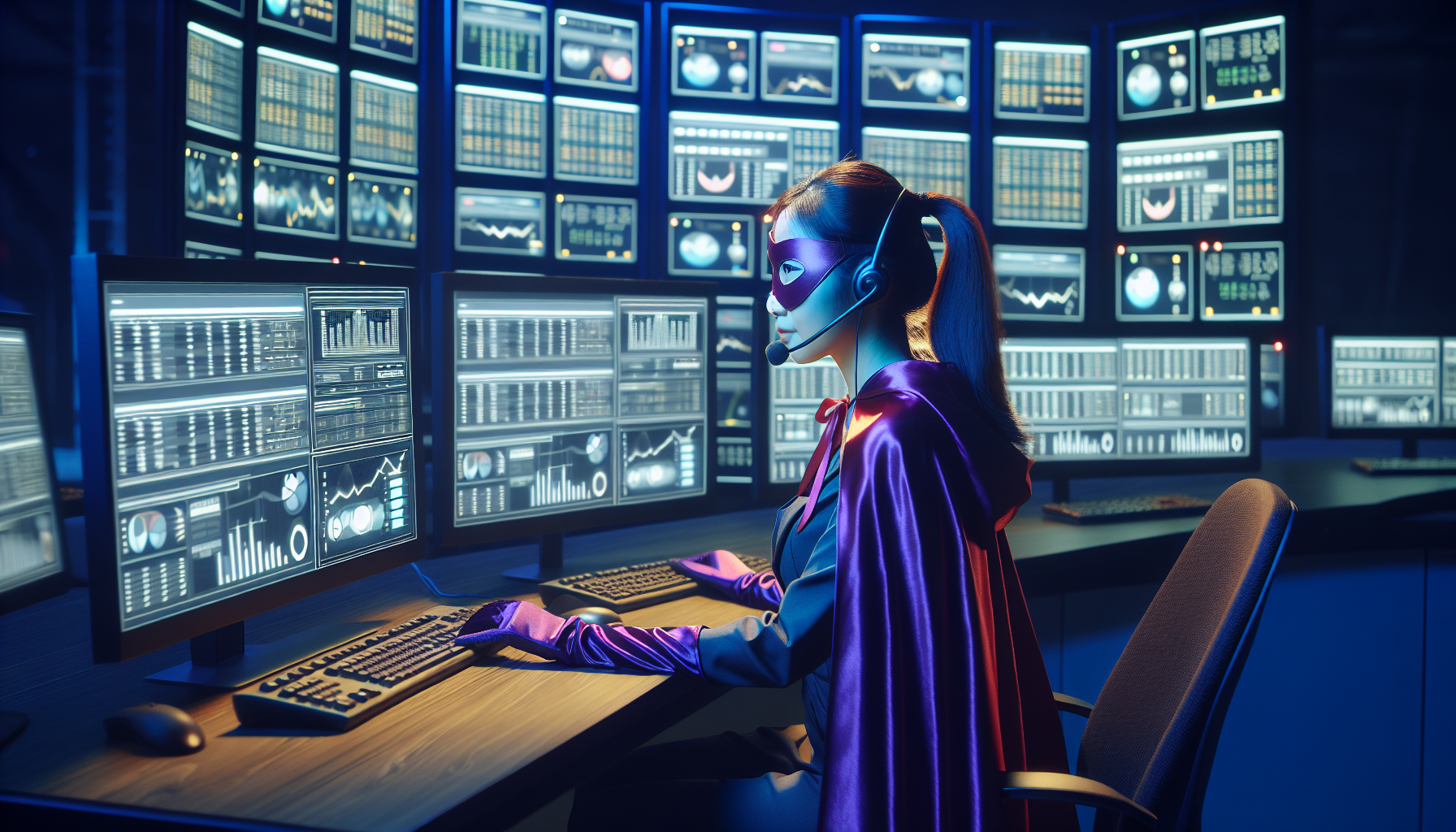If you’re exhausted after a day of video calls, you aren’t alone. After more than a year of working virtually, experts and industry leaders are weighing in on the effects of spending too much time in front of our video chat platforms and how it could impact a faster return to offices around the United States.
CEOs including JP Morgan’s Jamie Dimon and Goldman Sachs’ David Solomon have expressed dissatisfaction with remote and video communications during recent press conferences. Even Eric Yuan, the CEO of Zoom Video says he is “souring on some of the aspects of remote work.” At an all-time high due to the pandemic, the use of Zoom rose from around 10 million daily meeting participants in December of 2019 to 300 million in April of 2020.
As zoom fatigue becomes more prevalent, some leaders are worried about worker productivity, but others say mental health should be more of a concern. Since this is a relatively new topic, there is little research examining the toll it can take on the human brain.
As we look to combat this burnout and create better working conditions, we have to ask…
Will zoom fatigue play a role in a quicker return to the office?
What is Zoom Fatigue?
Defined by Professor & Founding Director of the Stanford Virtual Human Interaction Lab (VHIL), Jeremy Bailenson, ‘Zoom fatigue’ is known as the tiredness, worry, or burnout associated with overusing virtual platforms of communication.
In order to solve some of the root issues facing employees today, Bailenson set out to research zoom fatigue from a physiological perspective. He says his goal isn’t to call out a specific platform but to make consumers and organizations aware of current issues so that better changes can be implemented for future & continued use. Many suggestions, like simple interface changes, could decrease fatigue and better serve the people using their platforms.
Bailenson joined forces with Stanford professors Jeff Hancock, founding director of the Stanford Social Media Lab; Géraldine Fauville, former postdoctoral researcher at the VHIL; Mufan Luo; graduate student at Stanford; and Anna Queiroz, postdoc at VHIL, to better understand how to create best practices for their particular video conferencing setup and how to create a standard for institutional guidelines.
The Zoom Exhaustion and Fatigue (ZEF) Scale
The ZEF scale is about advancing the research on how to measure fatigue from interpersonal technology, as well as what causes the fatigue. The scale development process involves three phases, guided by the best practices for scale development by Boateng: Item Development (literature & participant interviews), Scale Development (pre-testing of items, scale administration), and Scale Evaluation (test of reliability, dimensionality, & validity.)
The scale, which is freely available, has been tested now across five separate validation studies over the past year with over 500 participants.
Item Development study was determined by an in-depth literature review and interviews produced a pool of 49 items gathered in 9 thematic constructs related to Zoom fatigue. After testing, it was then broken down into five domains: general, visual, social, emotional, and motivational fatigue.
According to their writings, the goal of the scale development phase was to statistically examine the 49 created items, reduce items, and test models of the ZEF scale. Deployed through the Qualtrics platform, the study participants were asked to provide additional comments on the ‘clarity and readability of items and to indicate their use frequency of video conferencing.’
In the scale evaluation phase, a minimum of attending video conferences daily was required to proceed with the study. Participants who failed the attention check questions or used video conferences less than daily were removed from data analysis.
The ZEF scale was measured on 5- point Likert-scale ranging from 1 = “Not at all”, 2 = “Slightly”, 3 = “Moderately”, 4 = “Very” to 5 = “Extremely” except for the two frequency questions (marked with asterisks) from 1 = “Never”, 2 = “Rarely”, 3 = “Sometimes”, 4 = “Often” to 5= “Always.”
Some sample survey questions include:
- How exhausted do you feel after videoconferencing?
- How irritated do your eyes feel after videoconferencing?
- How much do you tend to avoid social situations after videoconferencing?
- How emotionally drained do you feel after videoconferencing?
- How often do you feel too tired to do other things after videoconferencing?
The scale then goes on to make sample changes based on given answers, also taking into account the attitude, frequency, duration, and burstiness of each participant. Through this research, Bailenson and his team narrowed zoom fatigue down to 4 root issues.
The Four Main Causes of Zoom Fatigue
1. Excessive Amounts of Close Range Eye Contact
The study concluded that the size of our faces, along with prolonged eye contact is simply unnatural. They write, “In a normal meeting, people will variously be looking at the speaker, taking notes or looking elsewhere. But on Zoom calls, everyone is looking at everyone, all the time.” A listener is treated nonverbally like a speaker, so even if you don’t speak once in a meeting, you are still looking at faces on the screen, so the amount of eye contact is increased dramatically.
“Social anxiety of public speaking is one of the biggest phobias that exist in our population,” Bailenson said. “When you’re standing up there and everybody’s staring at you, that’s a stressful experience.”
Another source of stress is that, depending on your monitor size and whether you’re using an external monitor, faces on videoconferencing calls can appear too large for comfort. “In general, for most setups, if it’s a one-on-one conversation when you’re with coworkers or even strangers on video, you’re seeing their face at a size which simulates a personal space that you normally experience when you’re with somebody intimately,” Bailenson said.
When someone’s face is that close to ours in real life, our brains interpret it as an intense situation that is either going to lead to mating or to conflict. “What’s happening, in effect, when you’re using Zoom for many, many hours is you’re in this hyper-aroused state,” noted Bailenson.
He recommends taking Zoom out of the full-screen option and reducing the size of the Zoom window relative to the monitor to minimize face size and to use an external keyboard to allow an increase in the personal space bubble between oneself and the grid.
2. Seeing Yourself In Real-Time is Fatiguing:
Most video platforms show a square of what you look like on camera during a chat. But that’s unnatural, Bailenson said. “In the real world, if somebody was following you around with a mirror constantly – so that while you were talking to people, making decisions, giving feedback, getting feedback – you were seeing yourself in a mirror, that would just be crazy. No one would ever consider that,” he added.
Bailenson cited studies showing that when you see a reflection of yourself, you are more critical of yourself. Many of us are now seeing ourselves on video chats for many hours every day. “It’s taxing on us. It’s stressful. And there’s lots of research showing that there are negative emotional consequences to seeing yourself in a mirror.”
Bailenson and his team recommend that platforms change the default practice of beaming the video to both self and others when it only needs to be sent to others. In the meantime, users should use the “hide self-view” button, which one can access by right-clicking their own photo, once they see their face is framed properly in the video.
3. Video Chats Dramatically Reduce Mobility:
In-person and audio phone conversations allow humans to be mobile, but with video meetings, most cameras have a set view, meaning that person has to generally stay in the same place throughout the meeting. Movement is then limited in ways that are not natural.
“There’s a growing research now that says when people are moving, they’re performing better cognitively,” Bailenson said. He recommends people think more about the space they are using for their videoconferencing. Positioning of the lighting, camera, and keyboard can help create distance and flexibility in that space.
Having an external camera farther away from the screen will allow you to pace and doodle in virtual meetings just like we do in real life. If you are able to, periodically turning off your video can be a good ground rule to set for in larger groups to give yourself a non-verbal rest, adds Bailenson.
4. The Cognitive Load is Much Greater on Video Chats:
In regular face-to-face interactions, nonverbal communication is quite natural – we interpret gestures and nonverbal cues pretty much subconsciously. But in video chats, we have to work harder to send and receive these signals.
“You’ve got to make sure that your head is framed within the center of the video. If you want to show someone that you are agreeing with them, you have to do an exaggerated nod or put your thumbs up. That adds cognitive load as you’re using mental calories in order to communicate,” Bailenson adds.
These gestures are somewhat harder to interpret as well, as the context can be misconstrued due to visibility issues. We’ve all had some sort of interruption during a meeting. That side glance off screen could be interpreted as something entirely different through in-person body language, which the mind is used to perceiving.
Bailenson’s solution? During long stretches of meetings, give yourself an “audio only” break. “This is not simply you turning off your camera to take a break from having to be nonverbally active, but also turning your body away from the screen,” Bailenson said, “so that for a few minutes you are not smothered with gestures that are perceptually realistic but socially meaningless.”
Bailenson recommends that companies that continue to work remotely be aware of these main causes and work within their culture to implement changes where necessary, based on the needs of their employees.
Conduct Employee Surveys
Current events, combined with the increased expectation of having to perform constantly during video calls, can leave many employees feeling overwhelmed. It is important for employers to acknowledge this and to check in with their workers to discuss how they are managing their health.
Companies not returning to the office, like Dropbox, Twitter, and Microsoft, have been open about implementing new and better ways to communicate and motivate their employees working from home.
The Other Solution to Zoom Fatigue?
Returning to the office! For some, video meetings act as a constant reminder of the changes we’ve faced since the pandemic. For example, Gianpiero Petriglieri, an Associate Professor at Insead, stated that individuals feel distressed every time they see someone online, such as their colleagues, because they are reminded that they should be physically together, such as in the workplace.
Of course, there are a bunch of reasons (other than zoom fatigue) leaders want to return to in-office work as we begin to lift restrictions from COVID-19.
According to an article from USA Today, the number of employee office visits in 10 large cities reached 26.1% of the pre-pandemic level the week ending April 21, according to Kastle Systems, the largest provider of technology that tracks such data through swipes of keycards and other devices. While Dallas and other Texas metro areas have topped that average, epicenters such as San Francisco and New York have lagged.
The hybrid model may be the best option for improving zoom fatigue while not completely losing the flexibility of remote work. A recent Gartner survey of HR leaders at 130 leading companies in December found that 90% plan to let employees work remotely at least some of the time, even after much of the population is vaccinated.
For More Sales Development Advice and the Latest News in Cold Calling Tips and SDR Metrics
